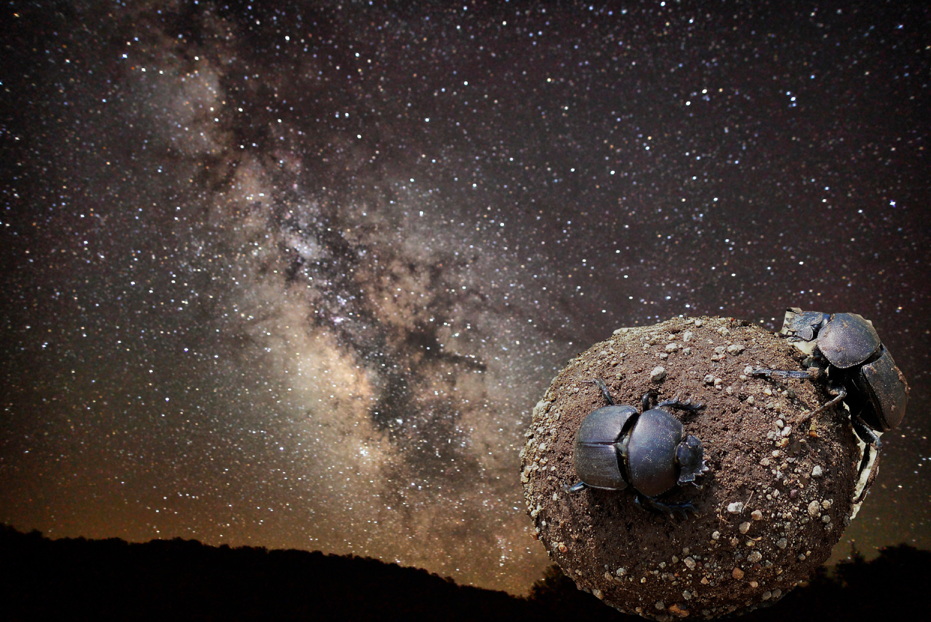In the intricate dance of nature, where the cosmos meets the microcosm, a tiny marvel takes center stage—the dung beetle. Beyond its humble appearance and earthly habits, the dung beetle has unveiled a cosmic secret that has left scientists and nature enthusiasts alike in awe. Join us as we explore the fascinating world of beetles and their extraordinary ability to navigate using the Milky Way as their celestial compass.
The Dung Beetle’s Unassuming Beginnings: A Humble Laborer
The dung beetle, a member of the Scarabaeidae family, is known for its peculiar habit of rolling dung into balls and burying it for later consumption or reproduction. While their earthly activities may seem unremarkable, it’s their celestial navigation prowess that has elevated these industrious insects to celestial navigators of the insect world.
Celestial Orientation: A Mystery Unveiled
Scientists have long marveled at the dung beetle’s uncanny ability to roll its dung ball away from the chaotic dung pile, avoiding potential competition. However, the mystery deepened when researchers observed that beetles could perform this task even on moonless nights. How could these small insects navigate in complete darkness?
The Milky Way Connection: Beetles as Cosmic Cartographers
In a groundbreaking discovery, scientists found that dung beetles use the Milky Way as a navigational aid. Researchers conducted experiments under controlled conditions, altering the visibility of the night sky. Astonishingly, beetles struggled to maintain a straight path when the Milky Way was not visible, proving that these insects rely on the galactic band of stars for orientation.
The Experiment: Dung Beetles Under the Starry Sky
In one experiment, researchers placed dung beetles in a planetarium where the only source of light was a simulated Milky Way. The beetles displayed their remarkable navigation skills, rolling dung balls in straight paths under the artificial starry sky. This provided strong evidence that the Milky Way serves as a reliable reference for the beetles’ nocturnal journeys.
How Beetles Read the Stars: Understanding Their Navigation Mechanism
While the exact mechanism behind the dung beetle’s celestial navigation is not fully understood, researchers believe that the insects may use the brightness and distribution of stars within the Milky Way band to maintain a straight path. This extraordinary ability places dung beetles among the few known species, including migratory birds and certain marine animals, capable of using celestial cues for navigation.
Implications and Insights: Nature’s Ingenious Solutions
The dung beetle’s use of the Milky Way for navigation has broad implications for our understanding of insect behavior and sensory adaptations. It also highlights nature’s ingenious solutions to challenges, showcasing how even the tiniest creatures can tap into cosmic cues for survival.
Conclusion: Beetles, Stars, and the Tapestry of Nature
As we peer into the celestial ballet of the night sky, it’s humbling to realize that, beneath our feet, tiny beetles navigate their world using the same cosmic canvas. The dung beetle’s connection to the Milky Way unveils another layer of nature’s intricacy, inviting us to marvel at the wonders that unfold when the microcosm and macrocosm intersect in the grand tapestry of life.

